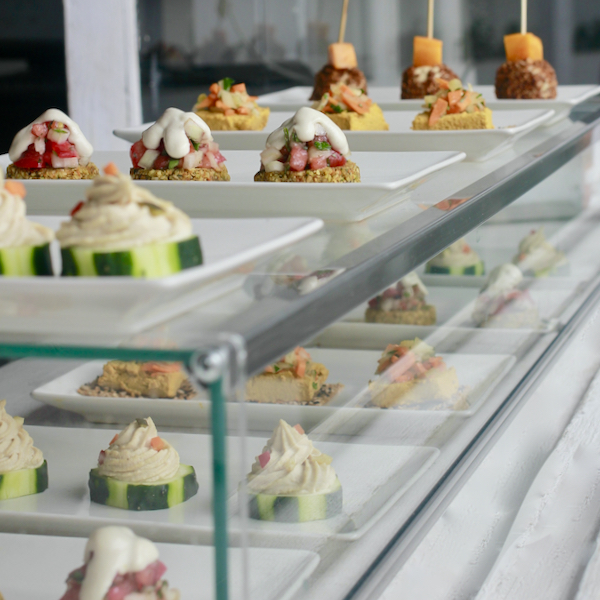
Crispy, anise flavored, refreshing, light, juicy, sweet and savory. Yes, yes, that’s what this fennel carpaccio with orange is like. A winter gift for our senses and even more joyful if you add tangerine as in the picture. Or why not grapefruit or blood orange?
With any favourite citrus fruits the combination works a dish that fills your table with joy. Sweet fennel is the most appreciated bulb of winter vegetables. The entire plant is edible. Slices of its bulb are ideal in salads and we can grill or roast it in the oven. Stems and leaves build aroma in a vegetable broth or bean stew and its seeds are a mild spice with an anise flavor.
Cultivated since ancient times throughout the Mediterranean, fennel already appears in recipes from ancient Egypt, Classical Greece or the cuisine of the Roman Empire. In Greek, fennel is called máratho (μάραθο) which, as you imagine, gives its name to the famous long-distance race. It seems that Pheidippides, the Athenian messenger, ran and ran through fields of fennel.

To make your carpaccio, prepping and cleaning the bulb is essential:
1. Cut the long stems and save them to use in broths, stews or for pickling. Leave the most tender part of the stems attached to the bulb.
2. Remove the outer layer that usually has scars or dry and rusty parts until you obtain a white, clean and shiny bulb.
3. Cut the base of the bulb and with a knife extract the hard part (conical in shape) as shown in the photograph.
4. Soak the bulb (1 hour or more) to recover the freshness lost during storage and transportation.

This carpaccio is so delicious that you can serve it as an appetizer, as a side dish or, even better, as a pre-dessert at the end of a meal. The crunchy bite of fennel is refreshed by the sweetness of oranges. Anise, lemons, olive oil, oranges and tangerines. Black olives awaken the flavors, leading you into a spiral of wanting more and more… and more… like the hero from the very first Marathon, who couldn’t stop.
…









